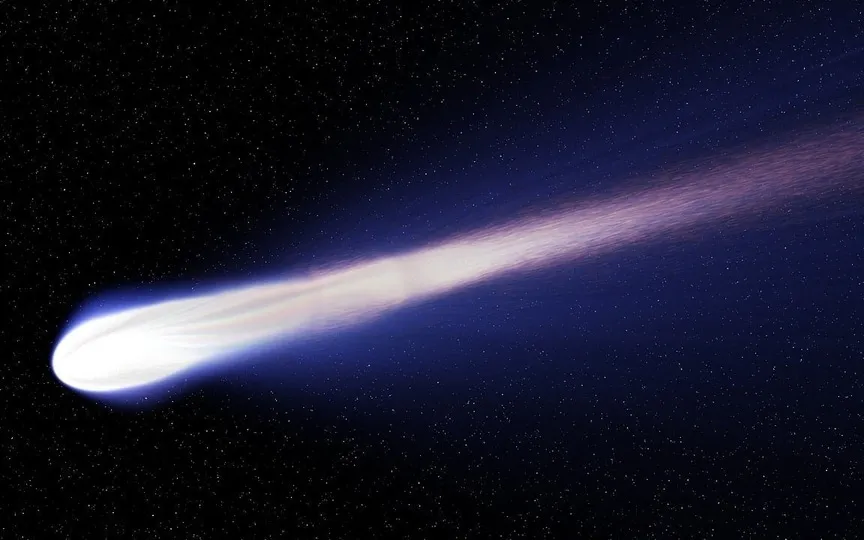The Devil Comet is Coming! Hear What the Experts Have to Say!
In the eventful year of 2023, numerous extraordinary space phenomena and breathtaking celestial sights have captivated our attention. As we approach the upcoming year, scientists have made an intriguing discovery—a comet that may come remarkably close to Earth in the following months. Known as 12P/Pons-Brooks, this comet’s proximity offers a unique opportunity for stargazers to witness its splendor without the need for telescopic aids. Let’s delve into the insights shared by experts regarding this newfound celestial marvel.
About Comet 12P/Pons-Brooks
According to a Space.com report, Comet Devil, also known as 12P/Pons-Brooks, could make a close approach to Earth and has the ability to shine brightly in the night sky in March 2024. The comet was spotted for the first time. the French astronomer Jean Louis Pons on July 21, 1812 near the two constellations Camelopardalis and Lynx. Later, the comet was seen again in 1883 and 1953. Now the comet has been visible to the Lowell Discovery telescope since June 10, 2020.
When 12P/Pons-Brooks is close to the sun’s orbit, it is only about three-quarters of Earth’s distance from the Sun. The comet is called the Neptune family of comets because of its similar characteristics and orbit with three other comets named 13P/Olbers, 23P/Brorsen-Metcalf, and the now defunct 20D/Westphal.
Currently, the comet is bright at about magnitude 10.0, making it a clear target for large telescopes. However, as it gets closer to the planet, it will increase in brightness over the coming months. Scientists report that the comet is experiencing brightness. It is now expected to move slowly towards the southeast direction of the constellations Lyra and Cygnus. It is expected to brighten to magnitude 7 by the end of February. Later in the first week of March, it passes through the boundaries of Andromeda, and by the end of March the brightness reaches magnitude 5, when it is visible in the zodiacal constellation of Aries with the naked eye or binoculars.




